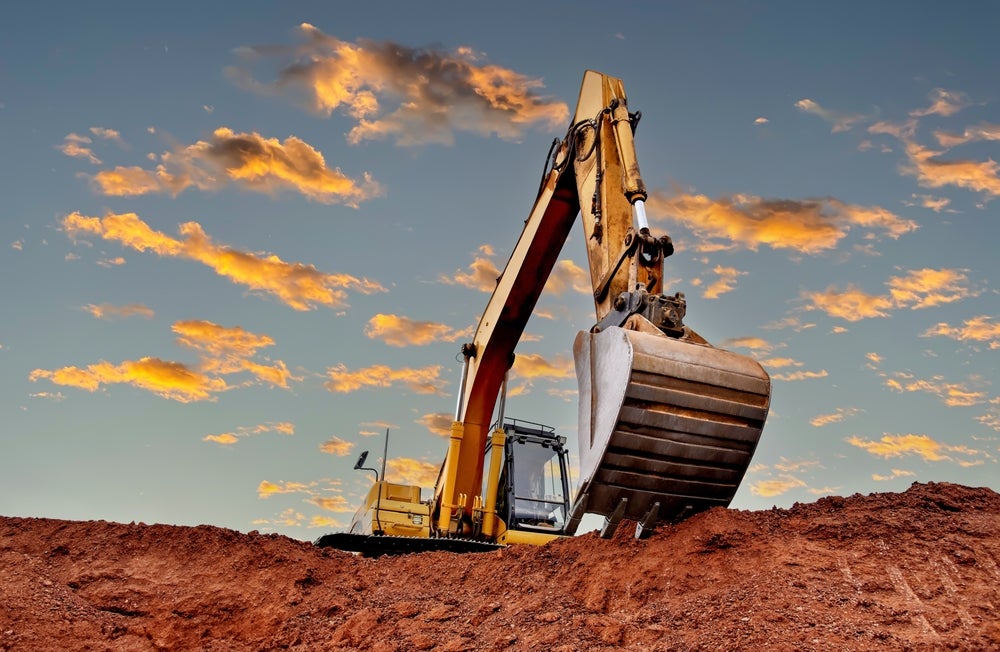While the link between the SME community and the slightly more niche asset finance industry might not immediately be apparent, or even seem interesting, it is certainly an opportunity for those who spot it, writes Quotevine’s Daniel Layne.
Think of a world where an SME owner could easily identify goods or services that they need, and obtain them quickly and easily – rather than relying upon existing, archaic leasing methods such as filling in physical paperwork and waiting for approval.
Imagine just pulling out a phone and achieving the same result with a few easy taps. This has already become the norm for consumers who use apps like Uber, Deliveroo and Zipjet, but no one seems to have told the asset finance industry.
For the SME owner, financing their business is already a pressing concern, even before you factor in potential issues with sourcing lenders and customers that may arise post-Brexit. This lack of access to lenders and customers is raising concerns due to research by C2FO, an online market for working capital, which found cash flow to be the SME community’s single greatest obstacle to growth – especially with access to working capital getting more expensive.
While the link between the SME community and the slightly more niche asset finance industry might not immediately be apparent, or even seem interesting, it is certainly an opportunity for those who spot it. Powerful new data-driven technologies are waiting in the wings to provide business owners with access to critical goods and services in a more cost-effective way, ultimately helping to alleviate cash-flow problems and make the business more operationally resilient.
How? you ask. Well, in the not-too-distant future, lessors will, as standard, rely on technology to harness customer, pricing and broader marketing data in an intelligent attempt to provide customers with precise, scalable and cheaper lease terms. These lease agreements – entirely tailored to business’ needs – reduce the probability of wasted time and capital.
How well do you really know your competitors?
Access the most comprehensive Company Profiles on the market, powered by GlobalData. Save hours of research. Gain competitive edge.

Thank you!
Your download email will arrive shortly
Not ready to buy yet? Download a free sample
We are confident about the unique quality of our Company Profiles. However, we want you to make the most beneficial decision for your business, so we offer a free sample that you can download by submitting the below form
By GlobalDataThis may already seem like a huge step forward – and it is – but it does not stop there. In this future, lessors will even be able to give SME customers creative opportunities to make money from their existing agreements – potentially bolstering cash flow – using technology to sub-lease goods and services to other businesses and consumers when they are not in use. This potentially unlocks huge additional streams of revenue in the agriculture and manufacturing industries, among others, where the cost of infrequently used machinery is high.
The above might present a future so positive and innovative that many people in both the SME and asset finance space might be sitting there smiling and wondering when this utopia will become a reality. And who could blame them, right?
Well, while we are very much on the way, there is still some work that needs to be done before this becomes a reality. In short, to get there, the asset finance industry must become more open to adopting technologies and new ways of working before this dramatic change comes about. The technology is out there – and ready to be implemented – but it will take vision and bravery before we see it appear in the sector.
For many in the asset finance industry, especially those who have been lucky enough to experience a long and successful career, the above might seem unnecessary or even scary. It may seem like change for the sake of change in a space that has ultimately performed the same way for several decades. It works, so why fix it?
This viewpoint, however, would not be understood by the next generation of SME owner, who is used to ordering an Uber and waiting a mere four minutes before it arrives, or who, from a consumer perspective, can arrange for their bedside table to be picked up from their house and held in storage, all from their phone.
This SME owner might not be quite so understanding when you tell them that the way businesses access goods and services currently works as is. Especially if they are close to a cash-flow problem because they cannot access these goods or services quickly or cheaply enough to stay afloat.
So yes, the future of asset finance might seem some way off at the moment, but that does not mean that change will not come eventually. The demand is there and – much like innovators in the consumer space – whoever is first to the prize may not only revolutionise the SME space, but their profit margins, too.
by Daniel Layne







